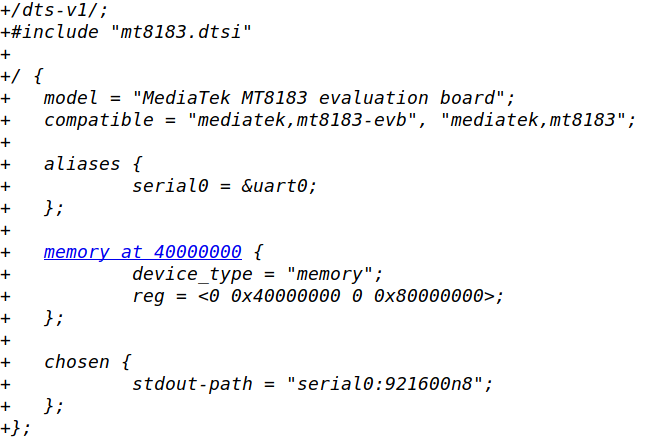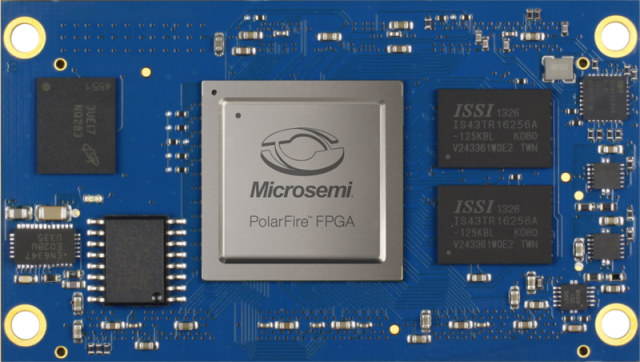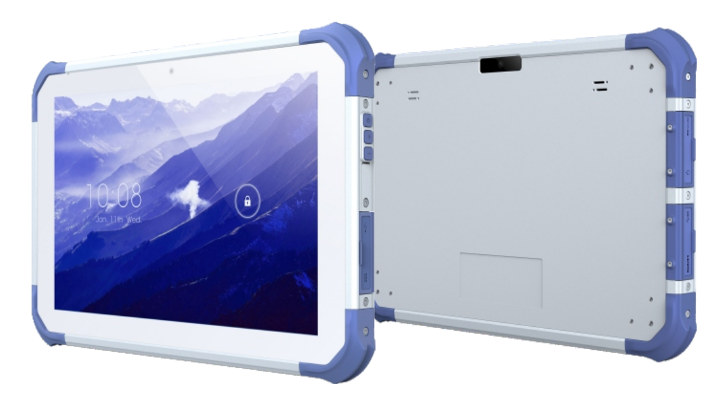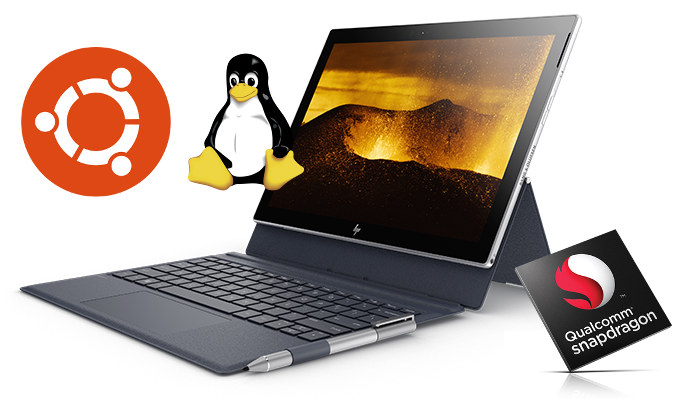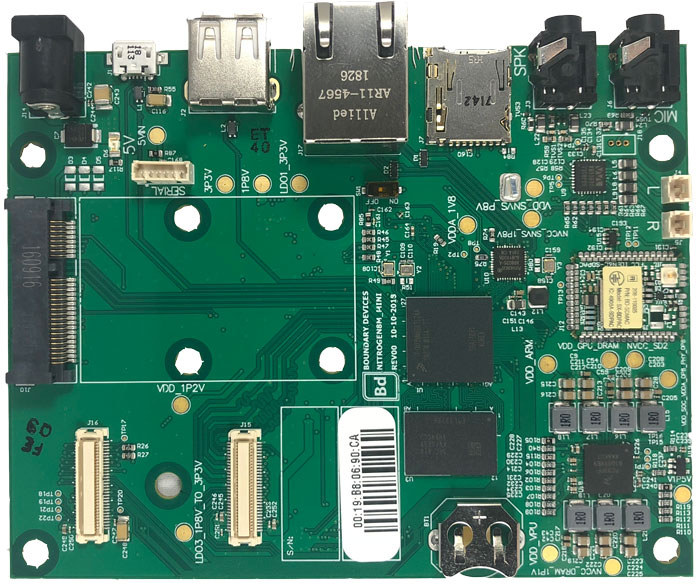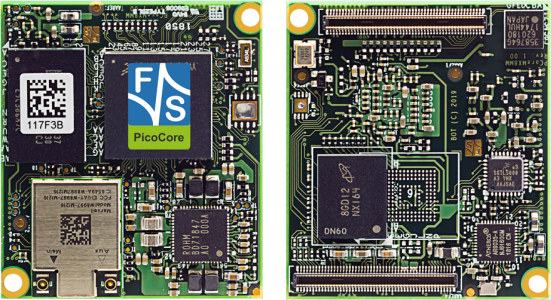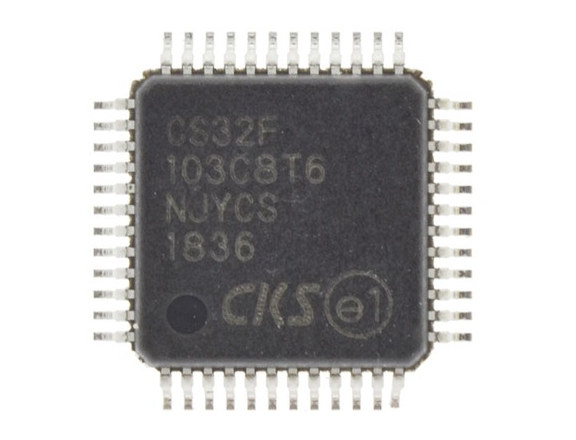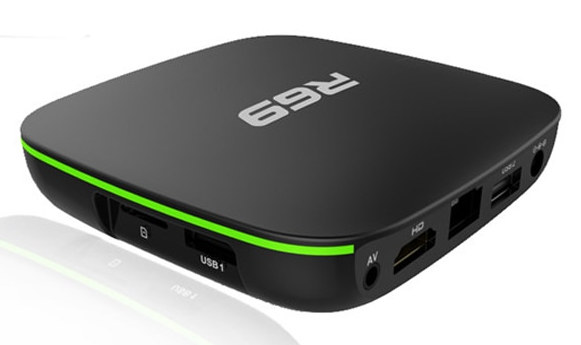MediaTek processors have been found in a few Chromebooks notably in MediaTek MT8173 powered Acer Chromebook R13, but the quad-core Cortex A72/A53 processor hasn’t made it into many models like the hexa-core Rockchip RK3399 “OP1” processor. However, I’ve been informed there are a few patchsets that have been submitted to mainline Linux and V4L2 mailing lists about MediaTek MT8183 octa-core Cortex A73/A53 processor. The latter adds a Digital Image Processing (DIP) driver on MediaTek MT8183 SoC, “which will be used in camera features on CrOS application” and some code related to MT8183 is found in Chromium OS repository, so those clues should confirm the octa-core processor will end up in Chromebooks, with the current MT8183 reference board being named Kukui. There aren’t any product pages for MT8183 on MediaTek website just yet, but by looking at the source code (e.g. Device tree file), and some clues around the web, we […]
ARIES M100PF PolarFire FPGA System-on-Module Targets Industrial Applications, RISC-V Development
MicroSemi unveiled PolarFire RISC-V FPGA SoC at the end of last year, bringing an alternative to Xilinx Zynq (Arm Cortex-A9 + FPGA) and UltraScale+ (Cortex A53 + FPGA) SoCs. The system-on-chip is expected to be mass produced later in 2019, so development is done on HiFive Unleashed RISC-V board and its FPGA expansion board. In the meantime, MicroSemi PolarFire FPGAs (without RISC-V hard core) are available now, and ARIES Embedded planning to showcase what they claim is the first PolarFire FPGA system-on-module at Embedded World 2019 with their M100PF SoM targeting industrial applications. ARIES Embedded M100PF key features and specifications: A choice of 3 PolarFire FPGAs MPF100T – 109KLE, 336 Math Blocks (18x18MACC) MPF200T – 192KLE, 588 Math Blocks (18x18MACC) MPF300T – 300KLE, 924 Math Blocks (18x18MACC) System Memory – 512 MiB / 1 GiB / 2 GiB DDR3 RAM Storage – 256 MiB configuration device, 4 GiB eMMC flash […]
Estone MJ-100 10.1″ Rugged Tablet is Equipped with Rockchip RK3399 Processor, a Barcode Scanner
Launched several years ago, Rockchip RK3399 is now a mature platform found in Chromebooks, some laptops, SBCs, and various other products. Estone Technology offers something a little different with MJ-100 rugged tablet with a 10.1″ display, IP65 waterproof rating, MIL-STD-810G shock & drop resistance, as well as ESD protection. The Android 7.1 tablet also comes with up to 4GB RAM, up to 256GB flash storage, 4G LTE connectivity, GPS / GLONASS support, and some unique features like sealed IO ports, an optional 1D/2D barcode reader, or an optional medical grade power supply. Estone MJ-100 rugged tablet specifications: SoC – Rockchip RK3399 big.LITTLE hexacore processor with 2x Arm Cortex A72 cores @ 1.8 GHz, 4x Cortex A53 core @ 1.8 GHz, Arm Mali-T860MP4 GPU System Memory – 2GB LPDDR4 RAM (Optional: 4GB) Storage – 64GB, 128GB or 256 GB of eMMC 5.1 flash, micro SD/SDXC/SDGC/SD3.0 card slot up to 64GB Display […]
Ubuntu 18.04 Now Boots on Some Snapdragon 835 Arm Laptops
The first “proper” Windows 10 Arm laptops were unveiled at the end of 2017 and beginning of 2018, all based on Qualcomm Snapdragon 835 processor with always-on LTE connectivity, 20+ hour battery life, a fairly expensive price tag, and somewhat underwhelming performance. Qualcomm was not interested in supporting Linux, but there was interest from the community, and now it seems Ubuntu 18.04 images are available for Lenovo Miix 630, HP Envy x2, and ASUS Novago TP370 thanks to Aarch64-laptop project currently hosted on Github. Now the prebuilt images are not really ready for end users since UFS storage and WiFi are not working on any laptop yet, the touchpad is not working on the ASUS laptop, and accelerated graphics needs to be implemented. Interestingly WiFi is related to UFS on those laptops, and Marc Gonzalez is said to be being actively worked on UFS upstream support, which should enable for […]
Nitrogen8M_Mini is the First NXP i.MX8 8M Mini SBC
Having just written about one of the first NXP i.MX 8M Mini systems-on-module, let’s stay with NXP’s latest 14-nm processor as Boundary Devices have been working on a variant of their Nitrogen8M SBC based on MXP i.MX 8M Mini processor and aptly called Nitrogen8M_Mini. The board is also known as the less human-friendly Nit8MQ_Mini_2r8e SBC, and comes with the following specifications: SoC – NXP i.MX 8M Mini with 4x Cortex A53 cores, 1x Cortex-M4F real-time core, Vivante GCNanoUltra 3D GPU, Vivante GC320 2D GPU System Memory – 2GB LPDDR4 (Optional 4GB version) Storage – 8GB eMMC flash, expandable up to 128GB, UHS SD card slot Display – 4-lane MIPI DSI interface up to 1080p Video Encode / Decode – 1080p H.264, VP8/1080p60 H.265, H.264, VP8, VP9 Audio – 3.5mm headphone jack, analog MIC jack, 2W audio amplifier, L&R speaker headers Camera Interface – 1x 4-lane MIPI-CSI interface Connectivity Gigabit Ethernet […]
F&S Elektronik PicoCore MX8MM System-on-Module Features NXP i.MX 8M Mini Processor
Embedded World 2019 will take place at the end of this month on February 26-28 in Nuremberg, Germany, and we can expect plenty of news related to embedded systems. It’s very likely NXP i.MX 8M Mini processor will officially be launched, and we’ll see several modules and boards announced with the lower cost 14-nm processor. F&S Elektronik Systeme has already been promoting their upcoming PicoCore MX8MM system-on-module based on NXP i.MX 8M in their newsletter ahead of Embedded World, where they’ll showcase their solutions at booth 621 in hall 2. PicoCore MX8MM specifications: SoC – NXP i.MX 8M Mini single, dual, quad core Arm Cortex-A53 @ 1.8 GHz processor, Cortex-M4 real-time core @ 400 MHz, 512KB L2-Cache, 2D/3D GPU System Memory – Up to 8GB LPDDR4 Storage – Up to 512MB SLC NAND flash or up to 32GB eMMC flash Video Decode – 1080p60 HEVC H.265, VP9, H.264, VP8 Connectivity 802.11ac […]
CS32 MCU Clone of STM32 Makes it into Bluepill Board
A few year ago, we covered GigaDevice GD32 MCU based on STM32 Arm Cortex-M3 microcontroller, but with some improvements to the flash and overall performance. So the MCU is not exactly an STM32 clone per se, but it’s pin-to-pin and software compatible. Now based on a discussion on STM32duino forum, it looks like another company (CKS – 中科芯微) may have made an actual clone of STM32 with CS32, more exactly CS32F103 that is compatible with STM32F103. CS32 comes with an Arm Cortex-M3 core clocked at 72 MHz, 64 to 128KB flash, and 20 KB RAM. A datasheet and user manual are available but only in Chinese. Several STM32duino members suspect it’s an actual copy of STM32 without modifications. What’s unclear is whether it’s a pirated copy, or a properly licensed one. CS32F103C8T6 & CS32F103CBT6 parts can be purchased on Aliexpress for $0.80 shipped and up. The datasheet mentions 64KB or […]
Wechip R69 Allwinner H3 TV Box goes for $19 Shipped
A few years ago, it was relatively easy to purchase sub $20 TV boxes with some patience, but with the increase in RAM and flash prices, it’s been more difficult to find those ultra-cheap TV boxes. It turns out there’s such a deal now on Aliexpress where Wechip R69 TV box is sold for just $18.99 shipped. Now with an Allwinner H3 processor, 1GB RAM, and 8GB flash, I would not necessarily recommend such device for your media needs, but they can be useful for some specific use cases like a simple digital signage, or even to run Linux with some efforts. Wechip R69 also looks to be similar to Sunvell R69 TV box that is officially supported by RetroOrangePi, but with the pin-to-pin compatible Allwinner H2 processor, so it could make an inexpensive retro gaming console as well. Wechip R69 specifications: SoC – Allwinner H3 quad-core Cortex A7 processor […]


